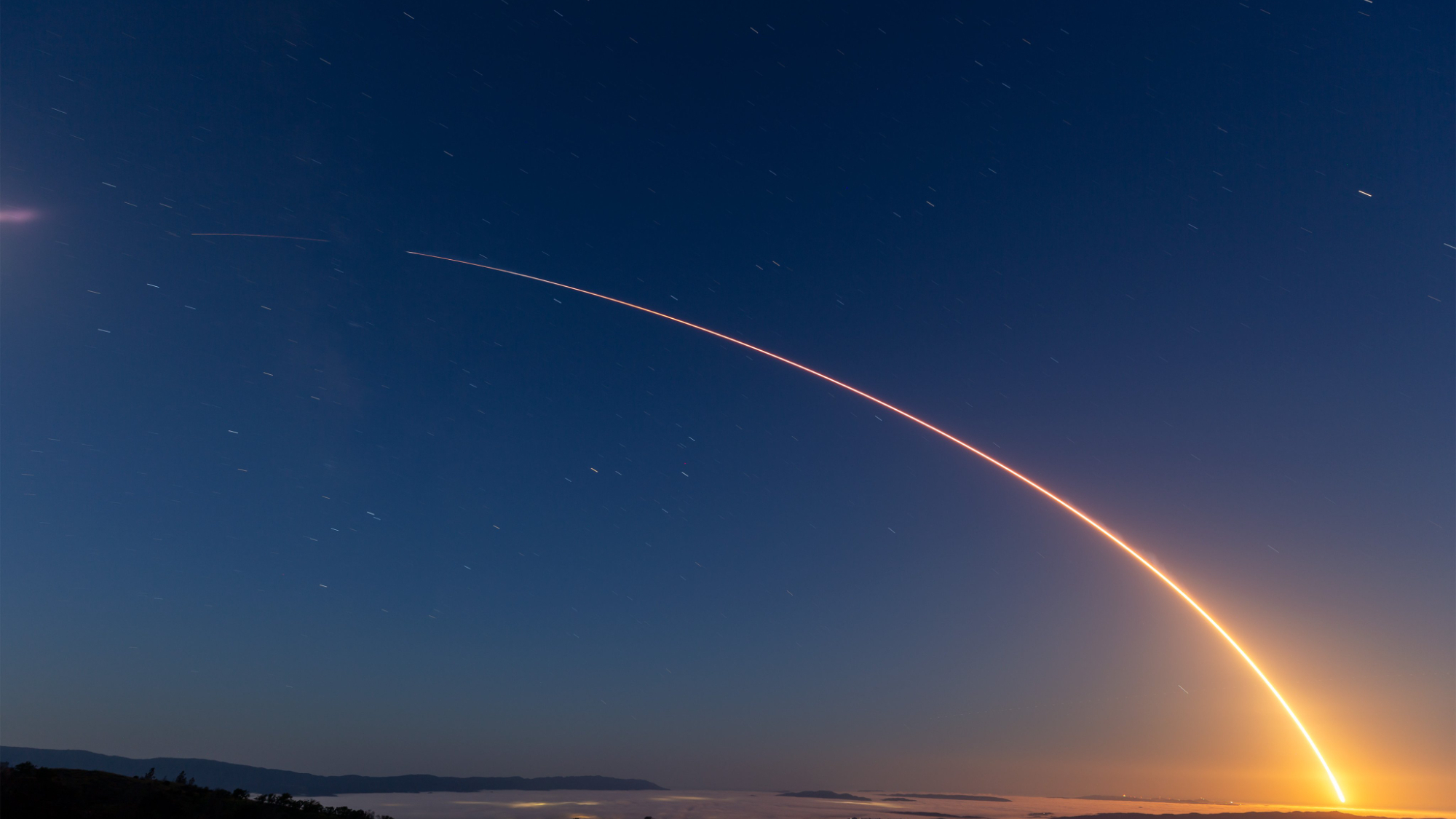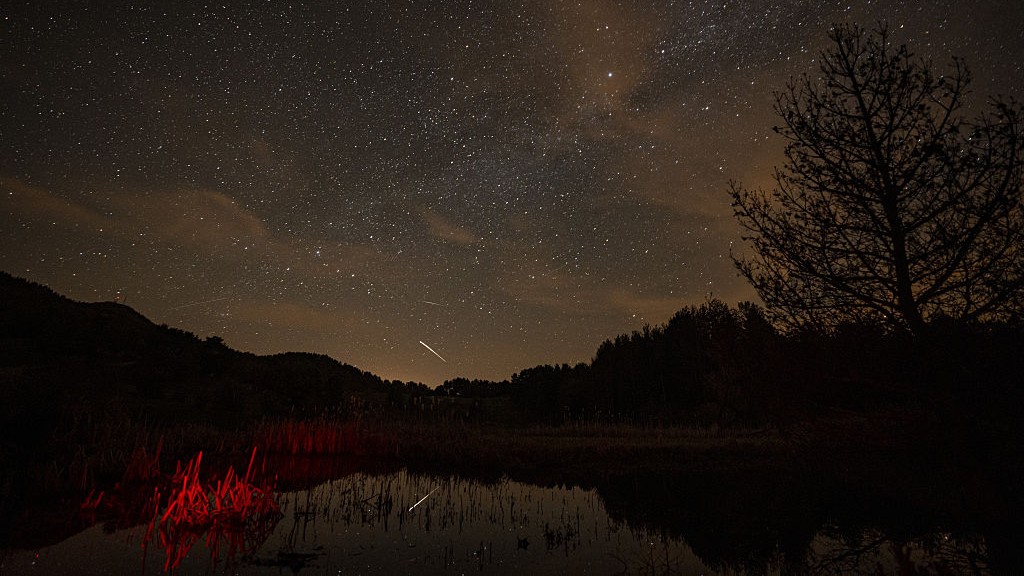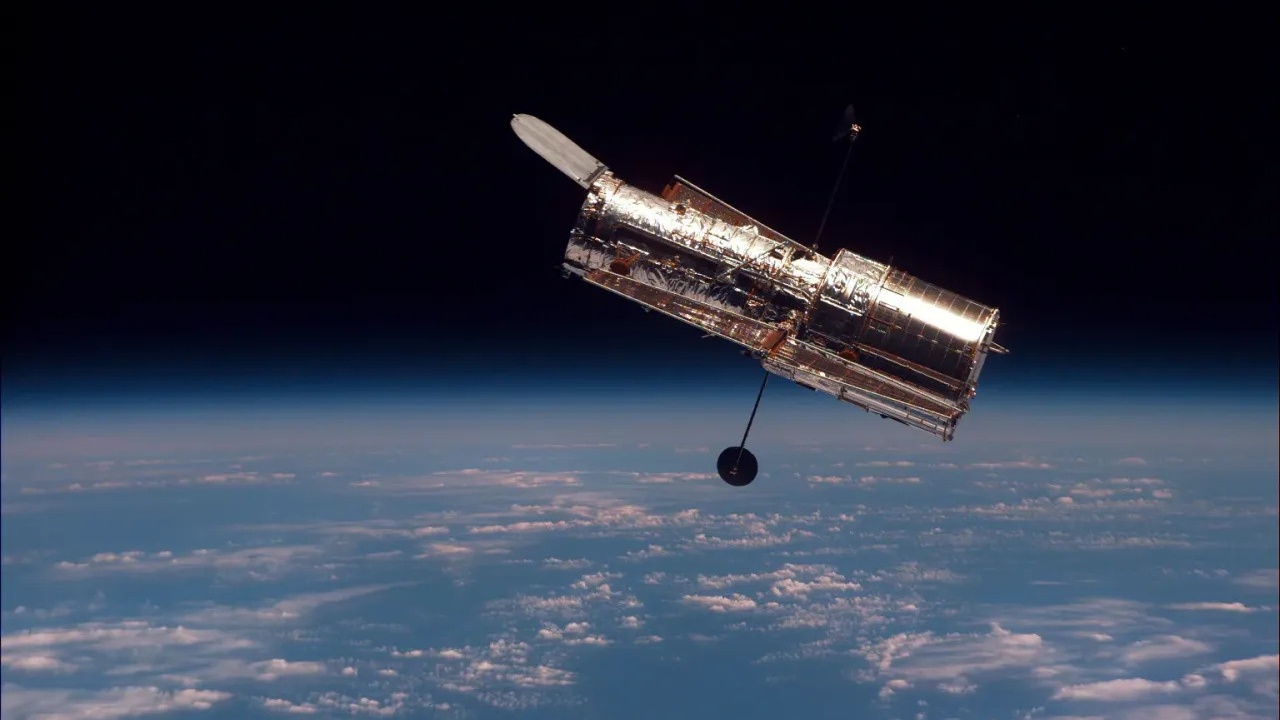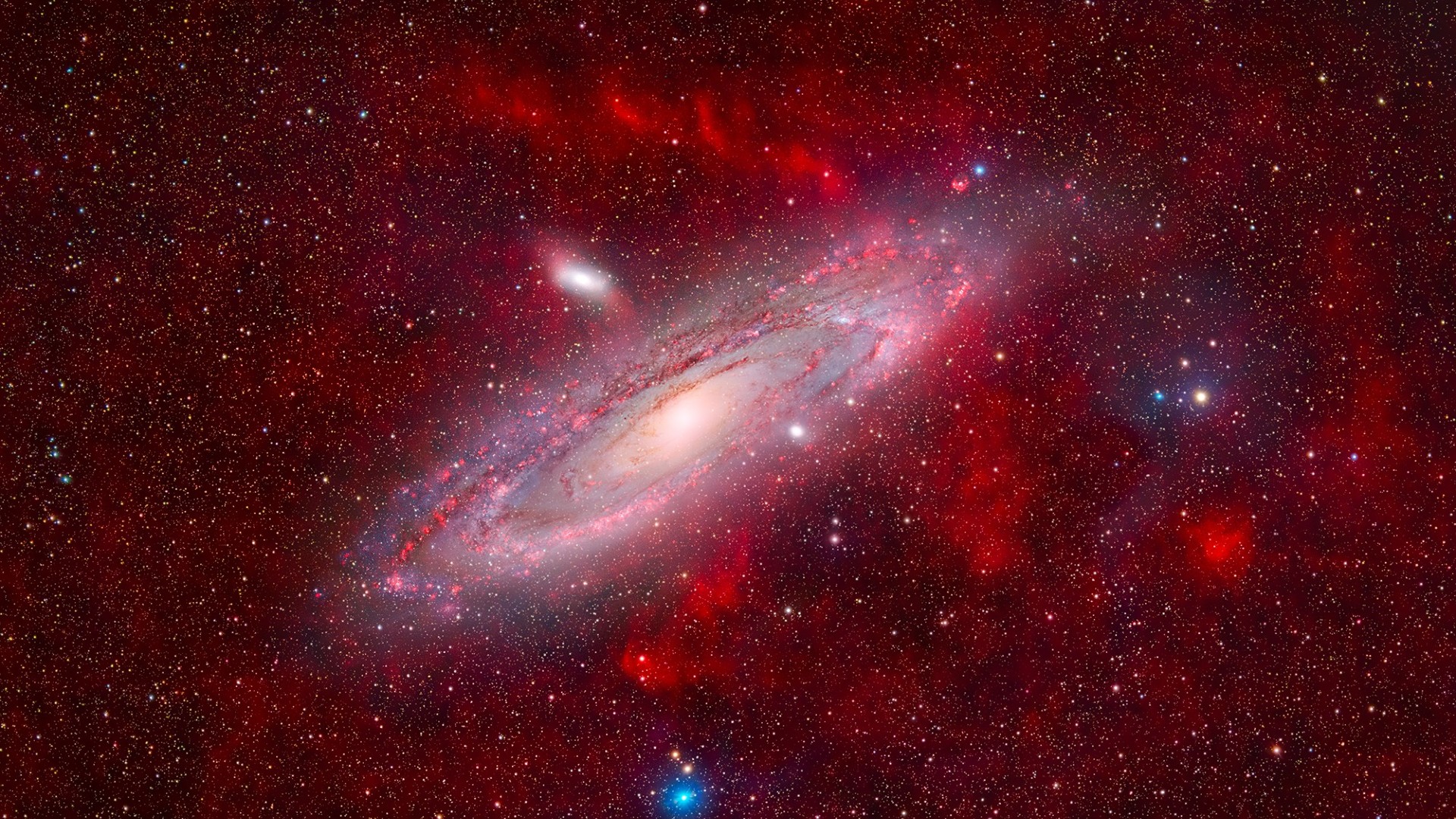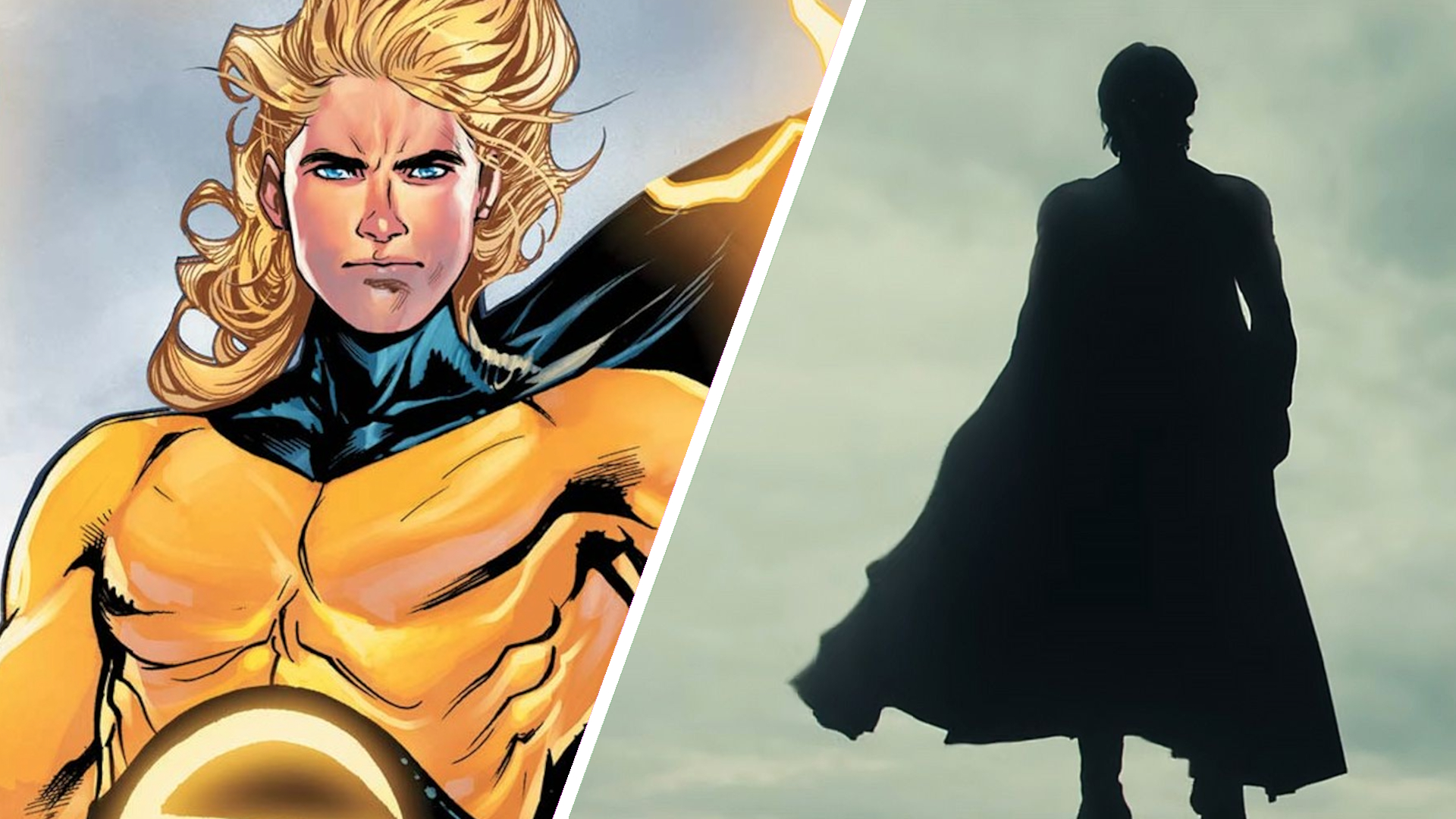John Glenn's 1962 Re-Entry: Film and Audio Synchronized to Mark His Death
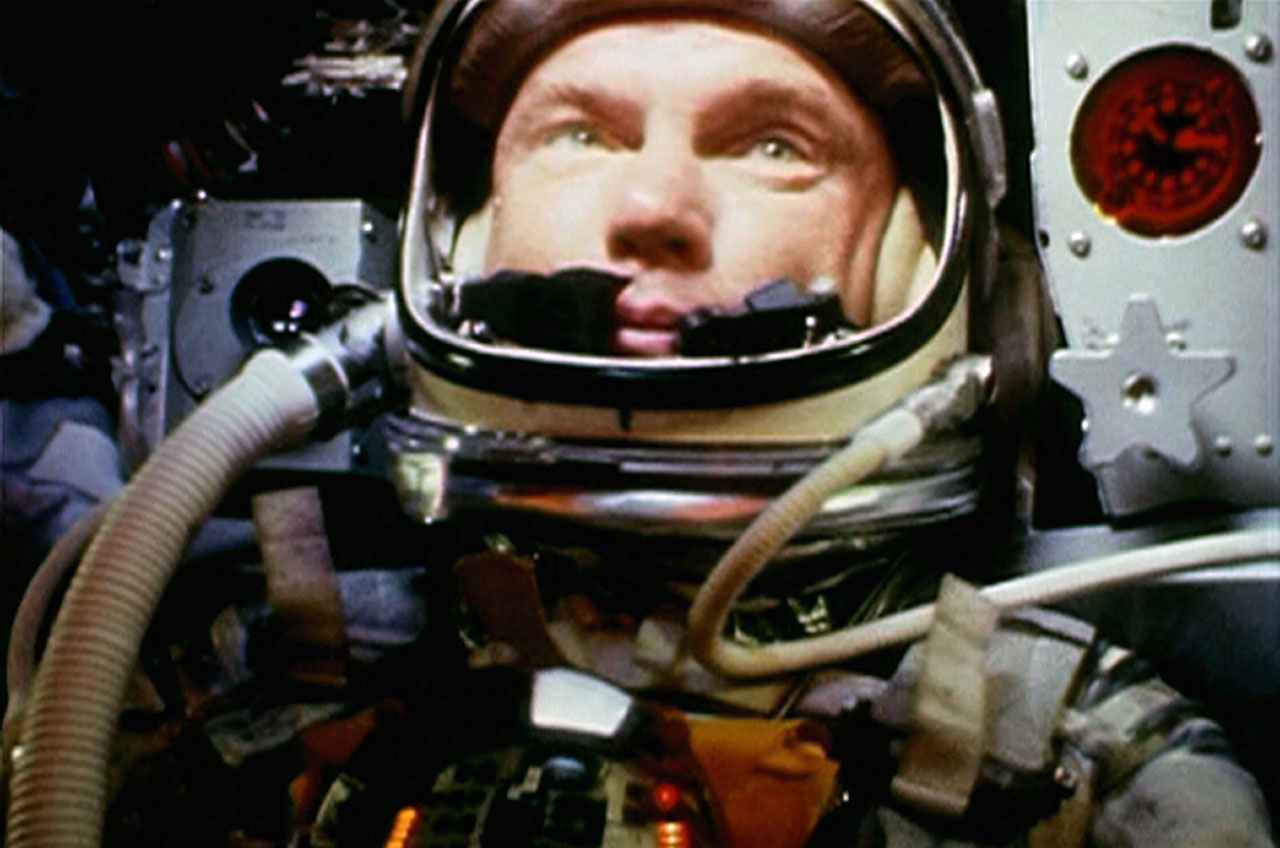
The death of John Glenn, the first American to orbit the Earth, has led a historian who wrote a biography of the astronaut to share a new look at one of Glenn's most harrowing moments.
"It is one of the most gut-wrenching moments in the history of space exploration," writes author Andrew Chaikin, "and it was all captured on film: John Glenn guiding his Mercury capsule, Friendship 7, through its fiery re-entry into Earth's atmosphere, not knowing if he is about to be burned to a cinder."
As recounted — and now presented anew — by Chaikin, a movie camera that was aimed at Glenn aboard Friendship 7 ran for the length of the flight. Chaikin synchronized this film with audio from the craft's onboard tape recorder. [Video: John Glenn’s Friendship 7 Re-Entry Synchronized Film and Audio]
As the retrorockets fired, Glenn happily remarked on the sudden acceleration he felt after being weightless for four and a half hours.
But then came a message from the flight controllers on the ground. On telemetry, they saw indications the spacecraft's landing bag, meant to cushion the impact of splashdown, had prematurely deployed. If so, Glenn's heat shield could be loose, held only by the straps securing the retrorockets to the base of the capsule.
"In Mercury control, astronaut Alan Shepard tells Glenn he must re-enter with the retropack still attached," describes Chaikin, "until aerodynamic forces can build up to hold it in place. It's an untried configuration that no one is sure will be stable. But Glenn had no other option."
Get the Space.com Newsletter
Breaking space news, the latest updates on rocket launches, skywatching events and more!
Chaikin posted his newly synchronized film-and-audio clip online in memory of Glenn, who died 11 days ago (Dec. 9) at the age of 95. The pioneering astronaut's body laid in repose at the Ohio Statehouse on Friday (Dec. 16).
A public memorial service in celebration of Glenn's life was held Saturday (Dec. 17) at Ohio State University in Columbus.
Excerpted from a full 10-minute video that was included in Chaikin's 2014 e-book, "John Glenn: America's Astronaut," the re-entry film captures just one example that defined the astronaut-turned-senator as a national hero.
"Glenn's face is bathed in the light of the glowing plasma beyond Friendship 7's window," writes Chaikin, describing the Feb. 20, 1962 scene. "His gaze alternates between the instruments — throughout the re-entry he must maintain the craft's prescribed attitude — and the window, where he sees flaming chunks flying past. Are they the pieces of his heat shield?"
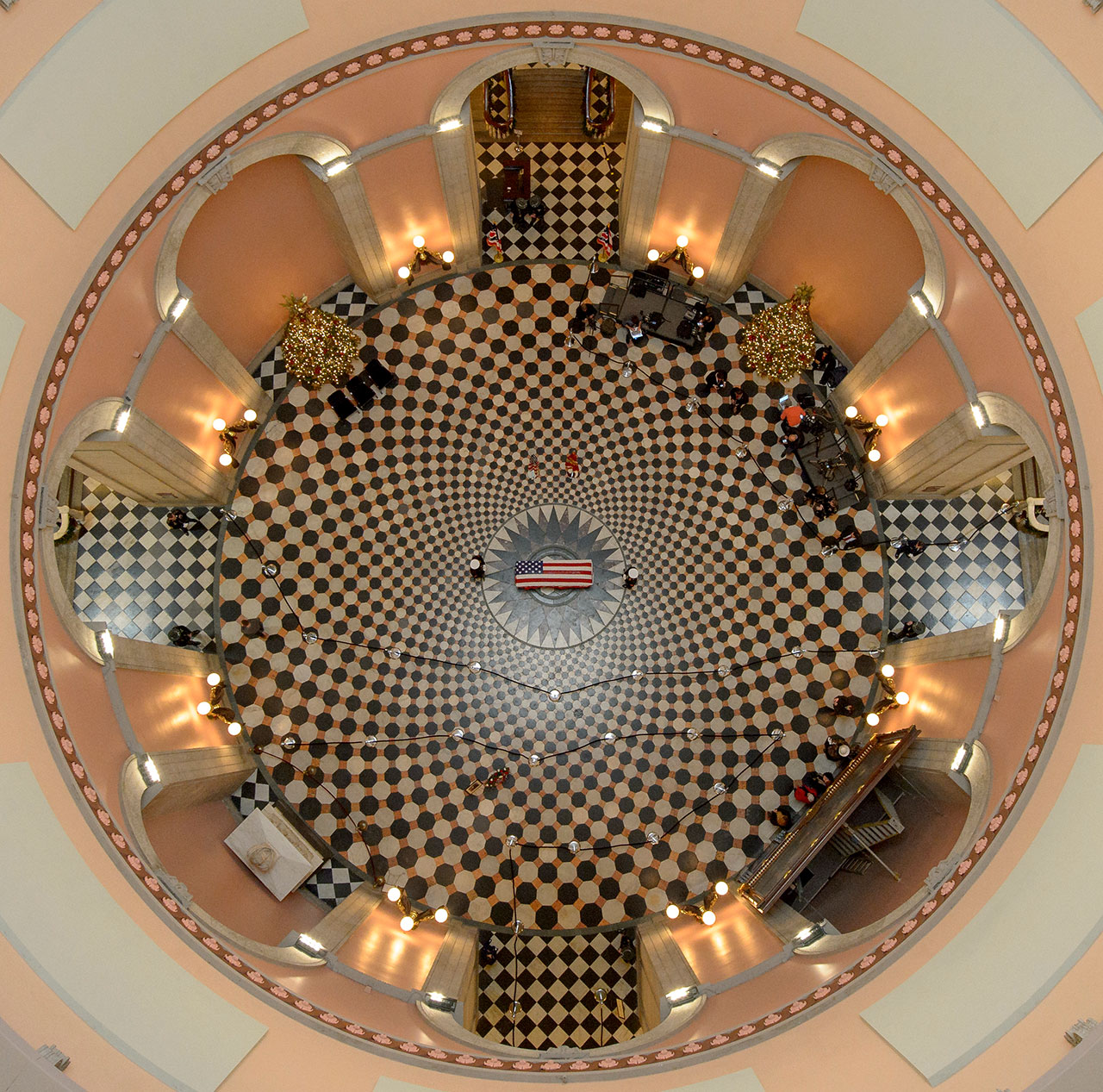
"'A real fireball outside,' Glenn says, but no one can hear him. There is no hint in Glenn's eyes of what is going on inside him, every nerve charged with dreadful anticipation, wondering if he is about to feel the heat of re-entry building up at his back," observes Chaikin.
But then Glenn is through the radio blackout, and the heat shield held. The flaming chunks he saw had been pieces of the retropack. "And as it turns out, the landing bag was not deployed prematurely after all; the telemetry had been the result of a faulty sensor," Chaikin writes.
"When an orange-and-white parachute blooms above the descending capsule, there's relief and exultation in Glenn's voice as he prepares for the splashdown — and the hero's welcome for a newly minted space legend," writes Chaikin.
Watch the synchronized film and audio from John Glenn’s 1962 re-entry at collectSPACE.
Follow collectSPACE.comon Facebookand on Twitter at @collectSPACE. Copyright 2016 collectSPACE.com. All rights reserved.
Join our Space Forums to keep talking space on the latest missions, night sky and more! And if you have a news tip, correction or comment, let us know at: community@space.com.

Robert Pearlman is a space historian, journalist and the founder and editor of collectSPACE.com, a daily news publication and community devoted to space history with a particular focus on how and where space exploration intersects with pop culture. Pearlman is also a contributing writer for Space.com and co-author of "Space Stations: The Art, Science, and Reality of Working in Space” published by Smithsonian Books in 2018.In 2009, he was inducted into the U.S. Space Camp Hall of Fame in Huntsville, Alabama. In 2021, he was honored by the American Astronautical Society with the Ordway Award for Sustained Excellence in Spaceflight History. In 2023, the National Space Club Florida Committee recognized Pearlman with the Kolcum News and Communications Award for excellence in telling the space story along the Space Coast and throughout the world.






